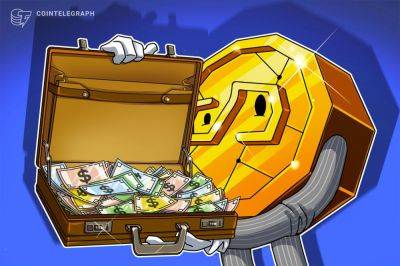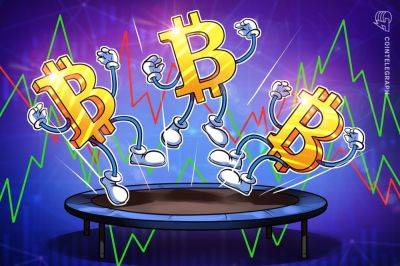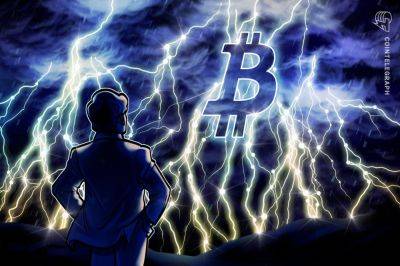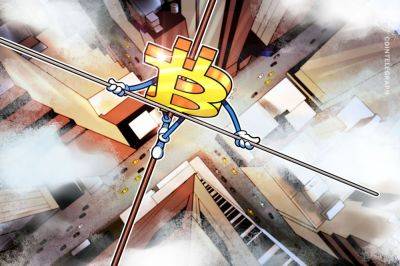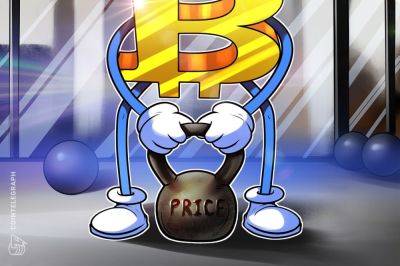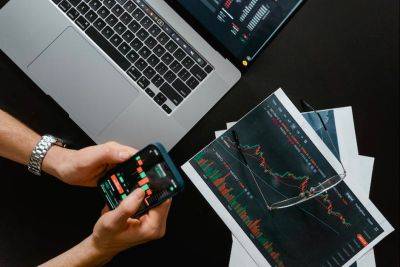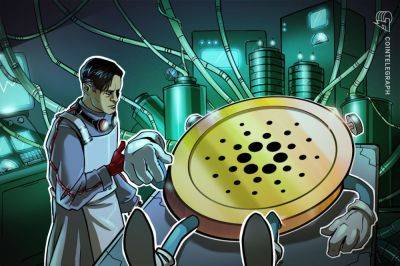Curve's crvUSD depegs as market reacts to shock events
Curve Finance's native stablecoin crvUSD briefly depegged on Aug. 3, reacting to an uncertain environment surrounding the protocol after its recent exploit. In the course of the day, the stablecoin fell by as much as 0.35% before regaining its peg to the United States dollar.
Curve's crvUSD uses a mechanism for maintaining its peg called PegKeeper algorithm, which manages the interest rate and liquidation ratio based on the stablecoin supply and demand to maintain its value. In other words, it ensures that the crvUSD value is properly backed by collateral while balancing supply and demand.
On Twitter, Curve Finance compared the stablecoin's devaluation to the Silicon Valley Bank collapse in March, which resulted in the brief depegging of USD Coin (USDC). "Events of recent days felt similar to SVB/USDC situation in some sense. However, crvUSD had just a 0.35% dip, and currently 0.1% from the peg," the protocol noted.
What about crvUSD? How does its price react to shock events, does it depeg?Events of recent days felt similar to SVB/USDC situation in some sense. However, crvUSD had just a 0.35% dip, and currently 0.1% from the peg pic.twitter.com/HaMfbkiFSR
The decentralized stablecoin is facing its first stress test since it was released in May. Curve Finance suffered a hack on July 30 resulting from a Vyper programming language vulnerability. Since then, concerns about its contagious effects on the decentralized finance (DeFi) ecosystem has caused panic across protocols, leading its governance token Curve DAO (CRV) to drop 20.91% in the following hours.
With the hack and the CRV price declining, many in the crypto community wondered whether there would be a domino effect on other protocols. Curve Finance founder Michael
Read more on cointelegraph.com

